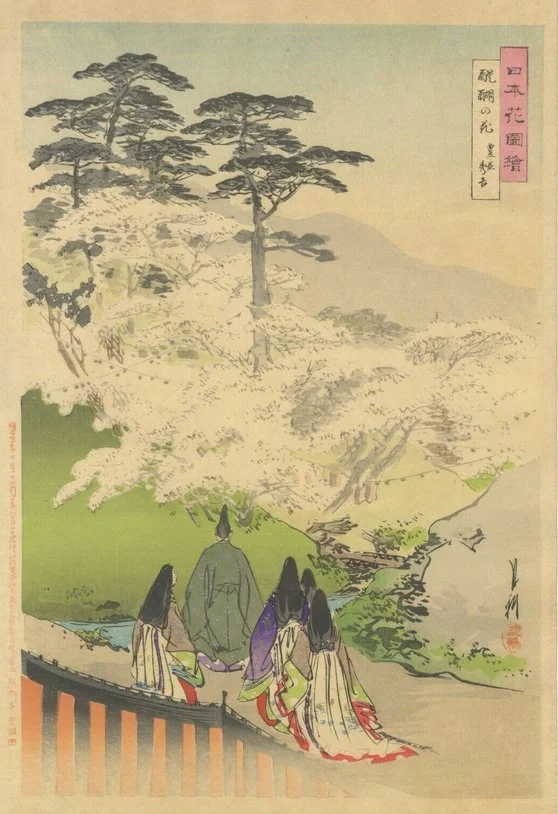Shibata Zeshin
Meiji period, 19th century
1887
Painting
An ink painting on silk bordered in silk mounds and bone jikusaki (scroll ends). The painting depicts the Takarabune (Treasure Ship) whereupon can be found the seven luck gods from right to left: Hotei's sack, Bishamon, Jurojin, Fukurokuju, Benten, Daikoku's mallet, and Ebisu, a minogame (bushy-tailed turtle) jumping aboard at left, a crane descending from upper left, all against a large rising sun. the ships sail is emblazoned with the word Takara (Treasure) and laden with a kadomatsu (cut pine sapling).
The painting is signed at right Gyonen hachijuichi-o Zeshin utsusu and sealed Shin, making him aged 81 when painting this in the year 1887. A similar painting subject of Jurojin signed in the same year can be found in the Honolulu Academy of arts as part of the Mr & Mrs E O’Brien Collection.
Signed Gyonen hachijuichi-o Zeshin utsusu and sealed Shin
2010mm x 505mm








